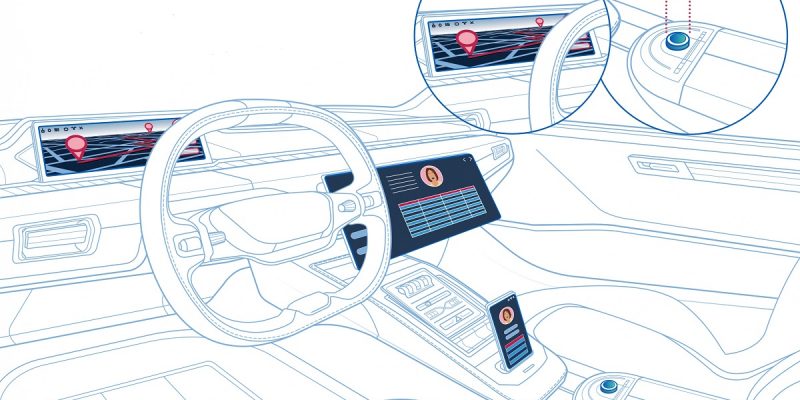Connected cars are among the hardest hit in the automotive industry by the global drought of semi-conductors resulting from economic demand and supply uncertainty during the pandemic.
Connected cars are among the hardest hit in the automotive industry by the global drought of semi-conductors resulting from economic demand and supply uncertainty during the pandemic.
The dwindling supplies acerbated by the unprecedented winter weather in Texas and a recent factory fire in Japan for one of the world’s leading auto chip makers, is threatening the advancement of connected car technology and in-car entertainment, according to software provider VNC Automotive. Tom Blackie, founder and CEO, said: “This is the biggest threat to the development of truly connected vehicles that we will see in a generation. It comes at a time when vehicle manufactures are wrestling with the global impact of the of COVID pandemic and the acceleration towards the mass adoption of EVs.
“Our customers are experiencing serious supply issues, with some making big long-term commitments in order to get any kind of guaranteed supply, and the implications are much higher costs. This situation is out of car manufacturers’ control and will force them to restrict production or compromise the technology they are able to implement in cars.
“This will ultimately impact consumers, who will be left with stagnated systems or, in extreme cases, retrograde technology as manufacturers and Tier 1 suppliers are forced to hobble systems to work with less advanced semiconductor designs. We’re concerned that it will lead to a generation of cars that will became quickly incompatible with future mobile phones and connectivity technology. In this way it may have knock on effects for the development of EVs and even autonomous technologies.”
— Paul Myles is a seasoned automotive journalist based in Europe. Follow him on Twitter @Paulmyles_
by Paul Myles
Source: https://www.tu-auto.com
CUT COTS OF THE FLEET WITH OUR AUDIT PROGRAM
The audit is a key tool to know the overall status and provide the analysis, the assessment, the advice, the suggestions and the actions to take in order to cut costs and increase the efficiency and efficacy of the fleet. We propose the following fleet management audit.




